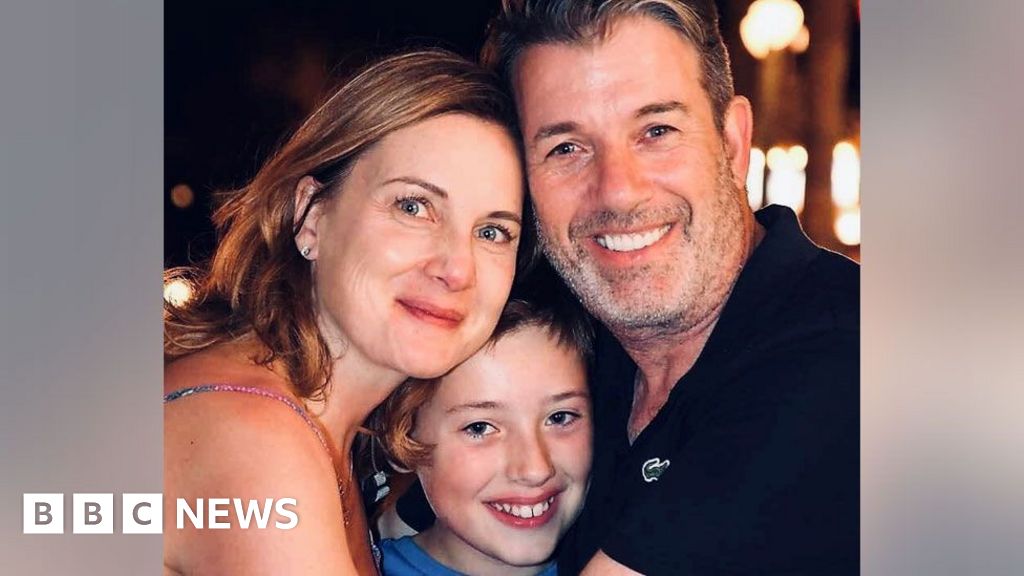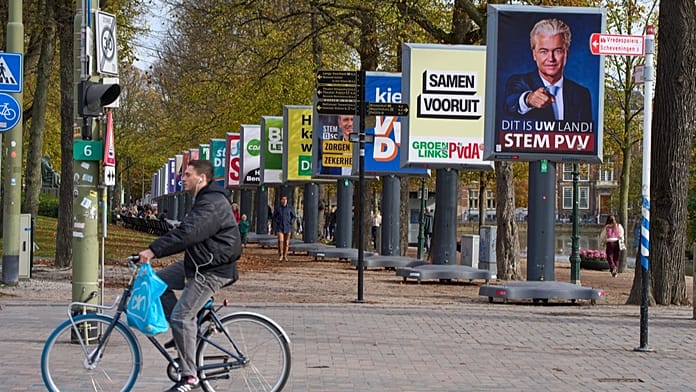Economy warning: US on ‘unsustainable path’ as Americans ‘very close to hitting a wall’
The US economy is on an “unsustainable path”, an expert has said, as he warned American consumers are getting “very close to hitting a wall” over surging debt.Heritage Foundation economist EJ Antoni, warned that many factors of the Biden administration’s running of the US economy were “unsustainable” as the president continues to print and spend money.US growth figures were announced on Friday to the delight of many as third-quarter GDP increased at a 4.9 per cent rate.In addition, consumer spending is reported to have accelerated and inventory accumulation rose at an $80.6billion (£66.5billion) pace last quarter, contributing 1.32 percentage points to GDP growth.WATCH HERE: EJ Antoni gives his take on US economic growth However, Antoni warned that the numbers could be deceiving. “While the numbers received a lot of positive attention with some so-called experts even citing them as blowout numbers, the fact is that they represent incredibly unsustainable growth,” Antoni told GB News. “The build-up of business inventories is a great example of that. “As businesses are increasingly afraid that inflation is coming back, they are buying things today to avoid buying them in the future at higher prices. And so what mathematically is a build-up of inventories and therefore an increase in GDP today becomes decreasing inventories tomorrow and therefore a drag on future GDP. US LATEST:Crime wave turns US cities into ‘warzones’ as locals flee New York and California in ‘mass exodus’US mass shooter found dead in woods after 48-hour police manhuntBiden told to take charge in Harvard crackdown despite 'surrendering to wokism'“So you haven't actually increased long-run growth, you have just again front-loaded where that economic growth is coming over time.” While other experts agree that the performance is likely not sustainable they have suggested that it acted as a showcase of the US economy’s stamina in the face of interest rate increases from the Federal Reserve. Growth is expected to be slower in the fourth quarter owing to strikes by United Auto Workers, the resumption of student loan repayments and the delayed effects of rate hikes. Speaking on the ballooning credit card debt that has recently surged past the $1trillion (£820billion) mark, Antoni said considers would soon “hit a wall”.“We're already seeing a large amount of consumer debt unfortunately,” Antoni said. “In fact that is one of the key ways in which consumers have been continuing to increase their spending. They are depleting their savings, they're going into debt. “We have over a trillion dollars of credit card debt for the first time ever in American history at the same time that the interest rates on those credit cards are now at record highs. “And so consumers are getting very close to hitting a wall where they're no longer going to be able to take on additional credit or deplete their savings any further. “At that point, the increases in spending have to stop because there's simply nowhere else to get the money from.”He added: “The size of the debt, and the cost of servicing that debt perhaps even more importantly, is incredibly troubling because the American economy simply can't support this. “We cannot afford this. It is again an unsustainable path. “So what is going on right now is the government continues to spend too much money, which means it continues to increase the deficit and therefore the debt at the same time that interest rates are high and are poised to go higher. “That means that not only are we issuing new debt at high-interest rates and therefore there will be high servicing costs on that debt, but also old debt is now rolling over from 1 or 2 per cent to 5 per cent plus. “We are more than doubling the financing costs there or on the existing debt. And so over the course of the next year, we will have almost $10trillion (£8.25trillion) in debt between the old debt and the new debt that is now issued at 5 per cent plus interest rates. “We are going to see the cost of servicing the debt absolutely explode and that's on top of the increases that we've already seen over the last year.”
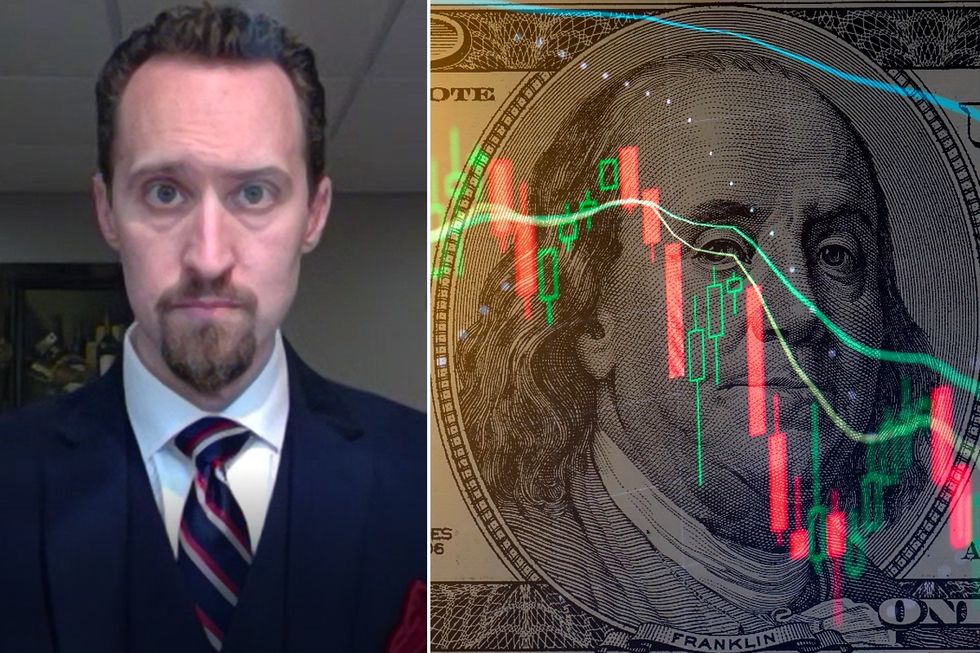
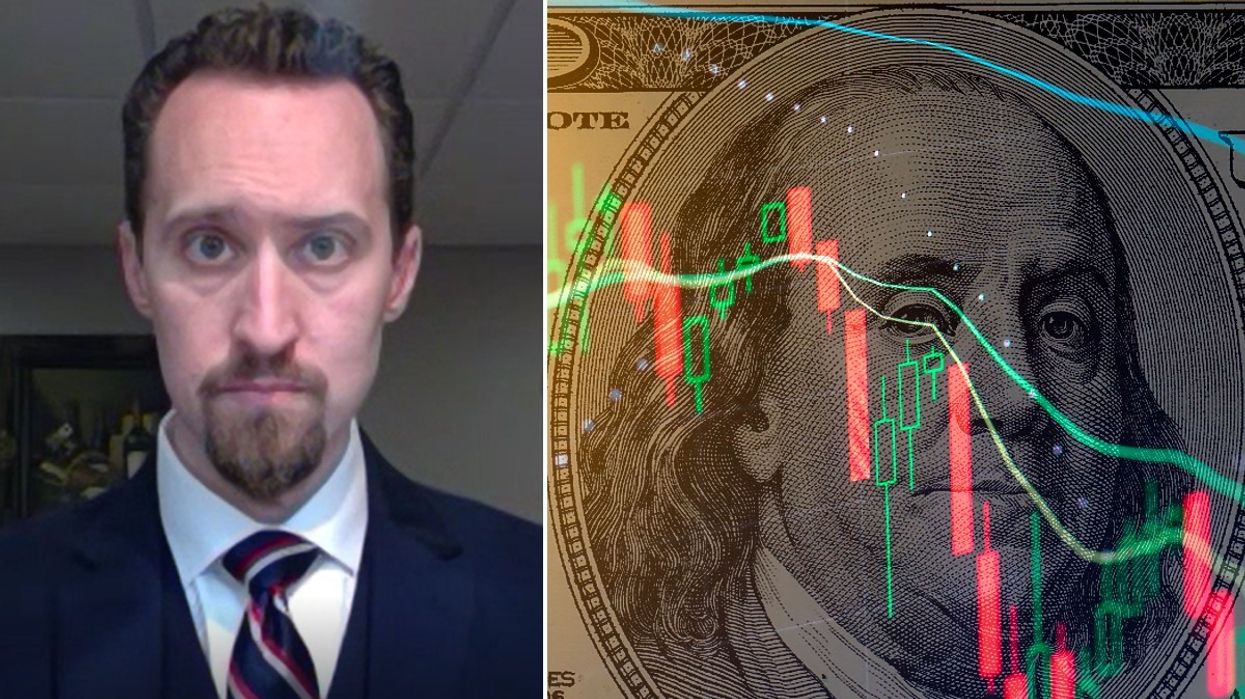
The US economy is on an “unsustainable path”, an expert has said, as he warned American consumers are getting “very close to hitting a wall” over surging debt.
US growth figures were announced on Friday to the delight of many as third-quarter GDP increased at a 4.9 per cent rate.
In addition, consumer spending is reported to have accelerated and inventory accumulation rose at an $80.6billion (£66.5billion) pace last quarter, contributing 1.32 percentage points to GDP growth.
WATCH HERE: EJ Antoni gives his take on US economic growth
However, Antoni warned that the numbers could be deceiving.
“While the numbers received a lot of positive attention with some so-called experts even citing them as blowout numbers, the fact is that they represent incredibly unsustainable growth,” Antoni told GB News.
“The build-up of business inventories is a great example of that.
“As businesses are increasingly afraid that inflation is coming back, they are buying things today to avoid buying them in the future at higher prices. And so what mathematically is a build-up of inventories and therefore an increase in GDP today becomes decreasing inventories tomorrow and therefore a drag on future GDP.
US LATEST:
- Crime wave turns US cities into ‘warzones’ as locals flee New York and California in ‘mass exodus’
- US mass shooter found dead in woods after 48-hour police manhunt
- Biden told to take charge in Harvard crackdown despite 'surrendering to wokism'
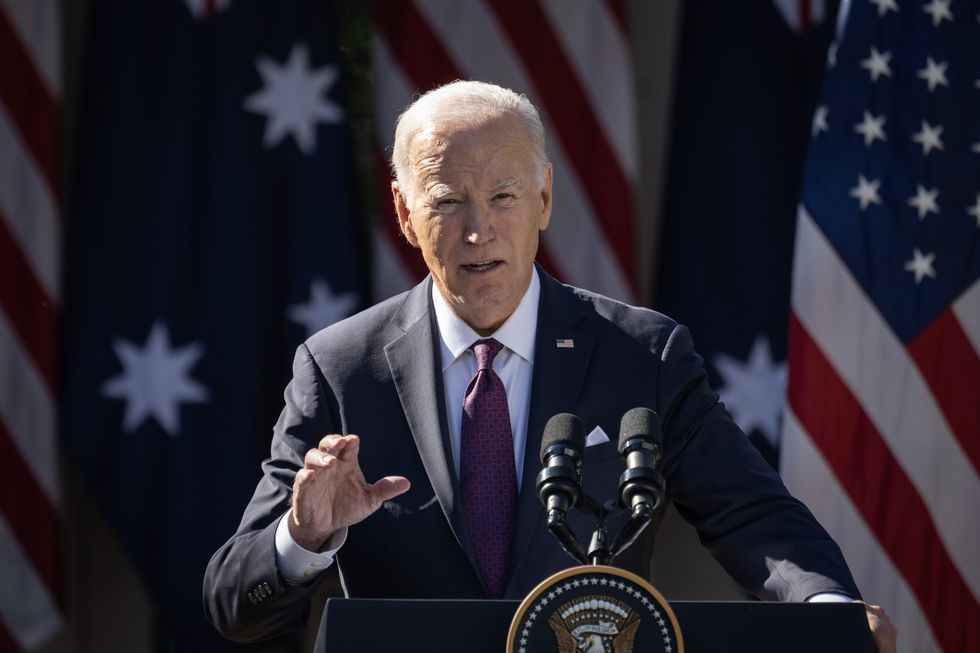
“So you haven't actually increased long-run growth, you have just again front-loaded where that economic growth is coming over time.”
While other experts agree that the performance is likely not sustainable they have suggested that it acted as a showcase of the US economy’s stamina in the face of interest rate increases from the Federal Reserve.
Growth is expected to be slower in the fourth quarter owing to strikes by United Auto Workers, the resumption of student loan repayments and the delayed effects of rate hikes.
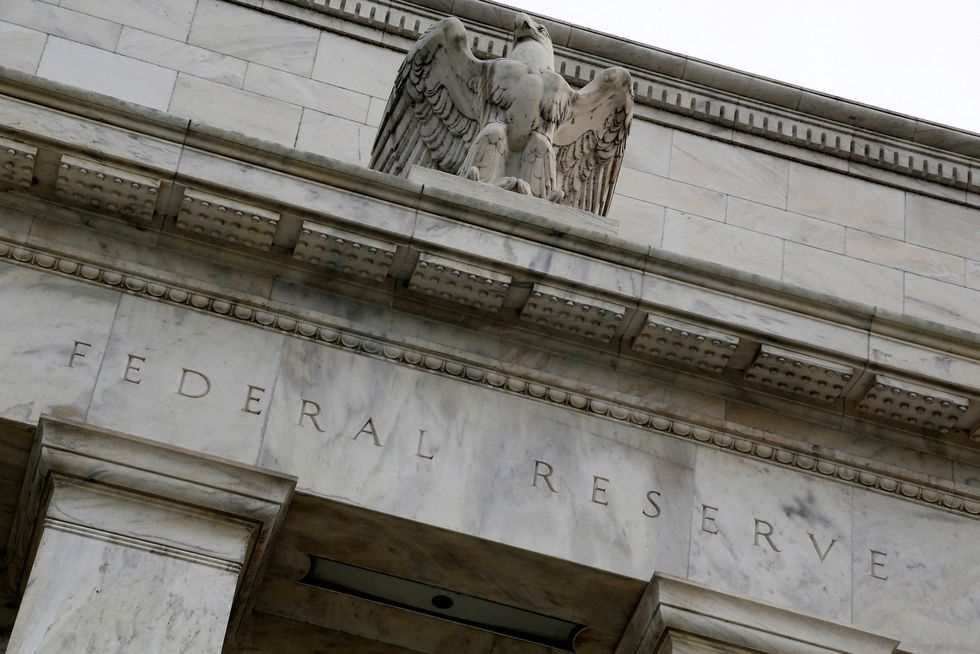
“We're already seeing a large amount of consumer debt unfortunately,” Antoni said.
“In fact that is one of the key ways in which consumers have been continuing to increase their spending. They are depleting their savings, they're going into debt.
“We have over a trillion dollars of credit card debt for the first time ever in American history at the same time that the interest rates on those credit cards are now at record highs.
“And so consumers are getting very close to hitting a wall where they're no longer going to be able to take on additional credit or deplete their savings any further.
“At that point, the increases in spending have to stop because there's simply nowhere else to get the money from.”
He added: “The size of the debt, and the cost of servicing that debt perhaps even more importantly, is incredibly troubling because the American economy simply can't support this.
“We cannot afford this. It is again an unsustainable path.
“So what is going on right now is the government continues to spend too much money, which means it continues to increase the deficit and therefore the debt at the same time that interest rates are high and are poised to go higher.
“That means that not only are we issuing new debt at high-interest rates and therefore there will be high servicing costs on that debt, but also old debt is now rolling over from 1 or 2 per cent to 5 per cent plus.
“We are more than doubling the financing costs there or on the existing debt. And so over the course of the next year, we will have almost $10trillion (£8.25trillion) in debt between the old debt and the new debt that is now issued at 5 per cent plus interest rates.
“We are going to see the cost of servicing the debt absolutely explode and that's on top of the increases that we've already seen over the last year.”

























